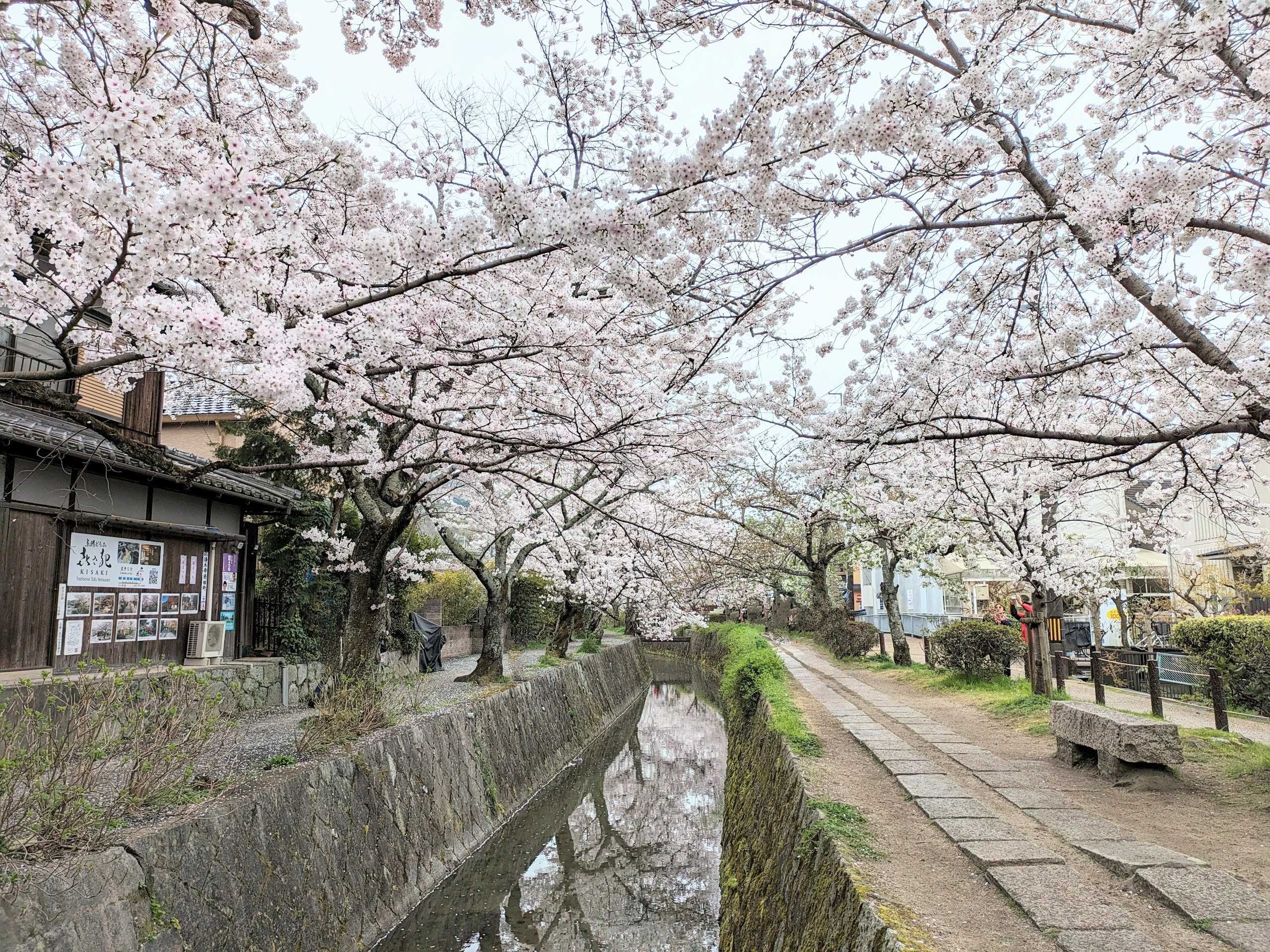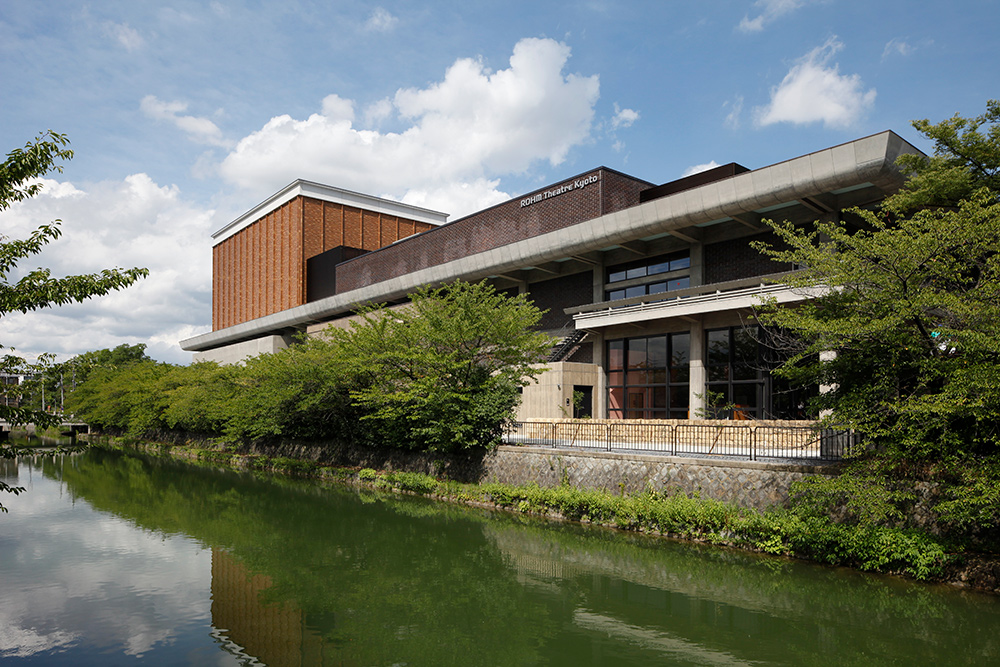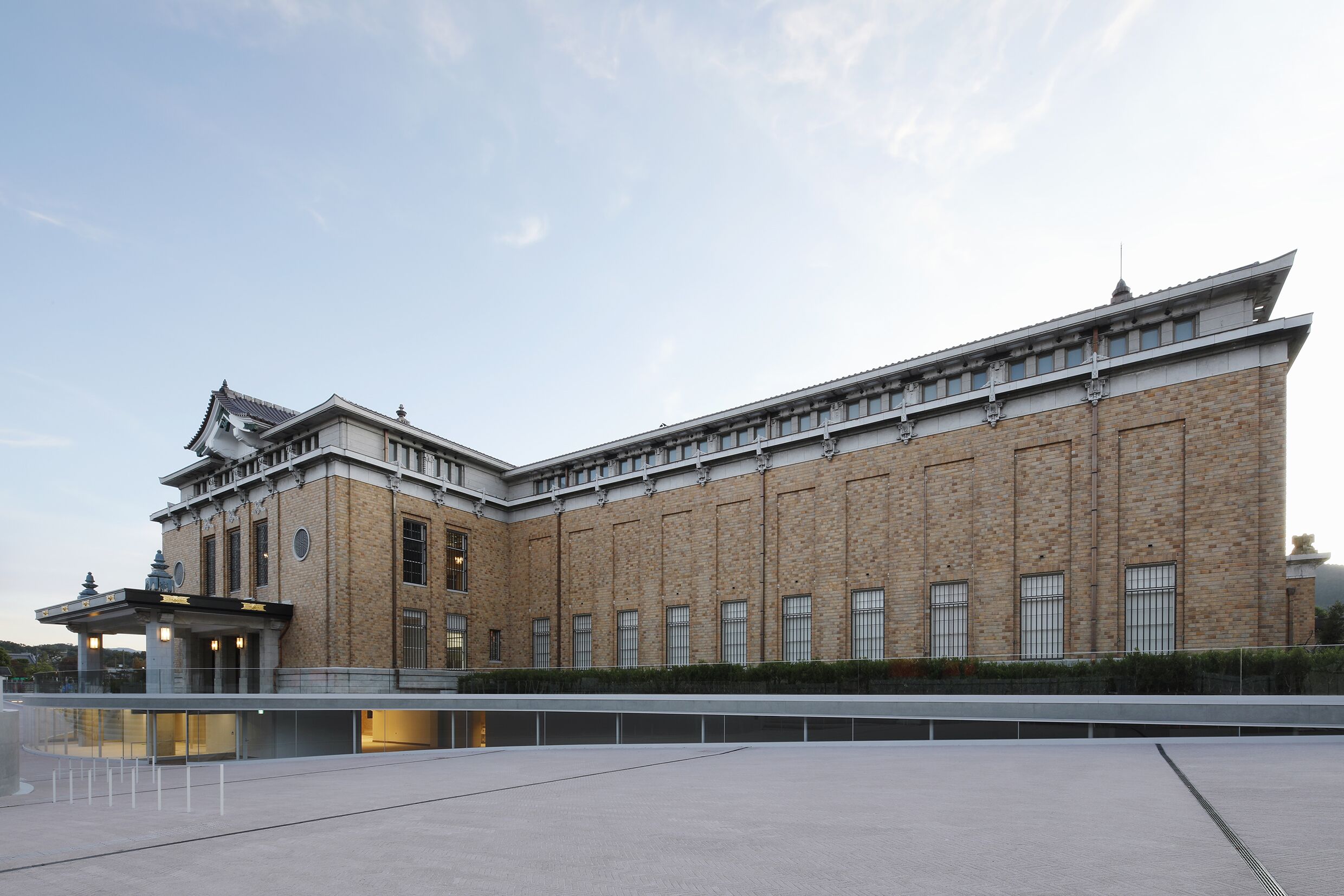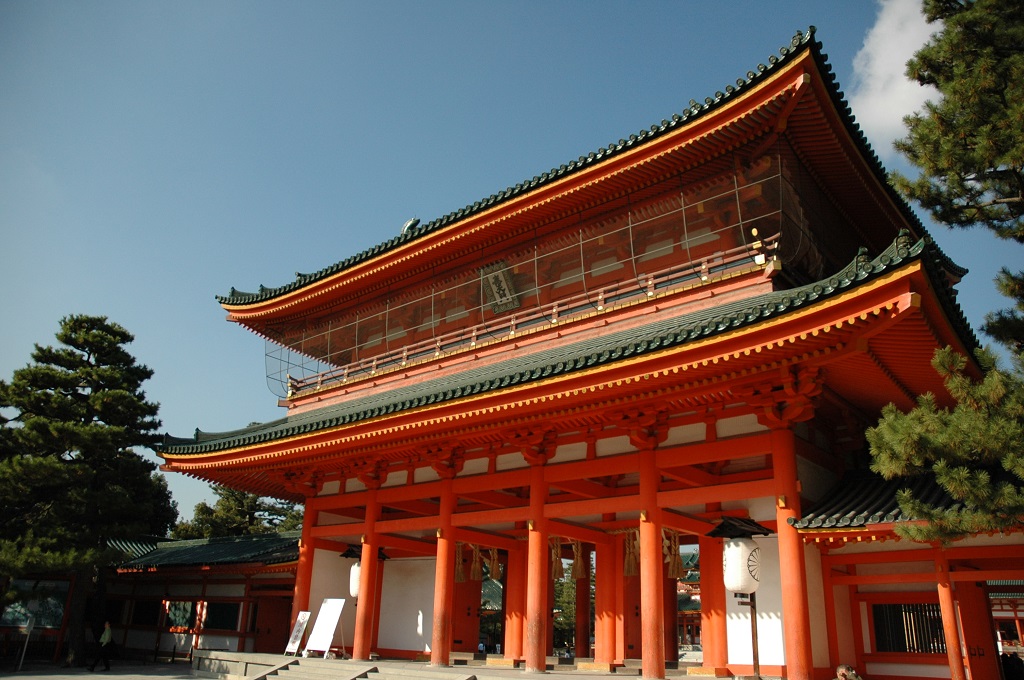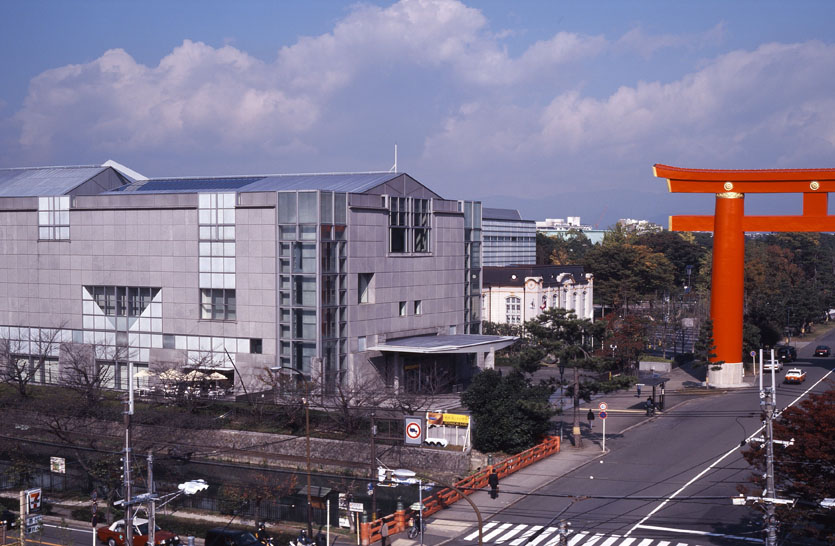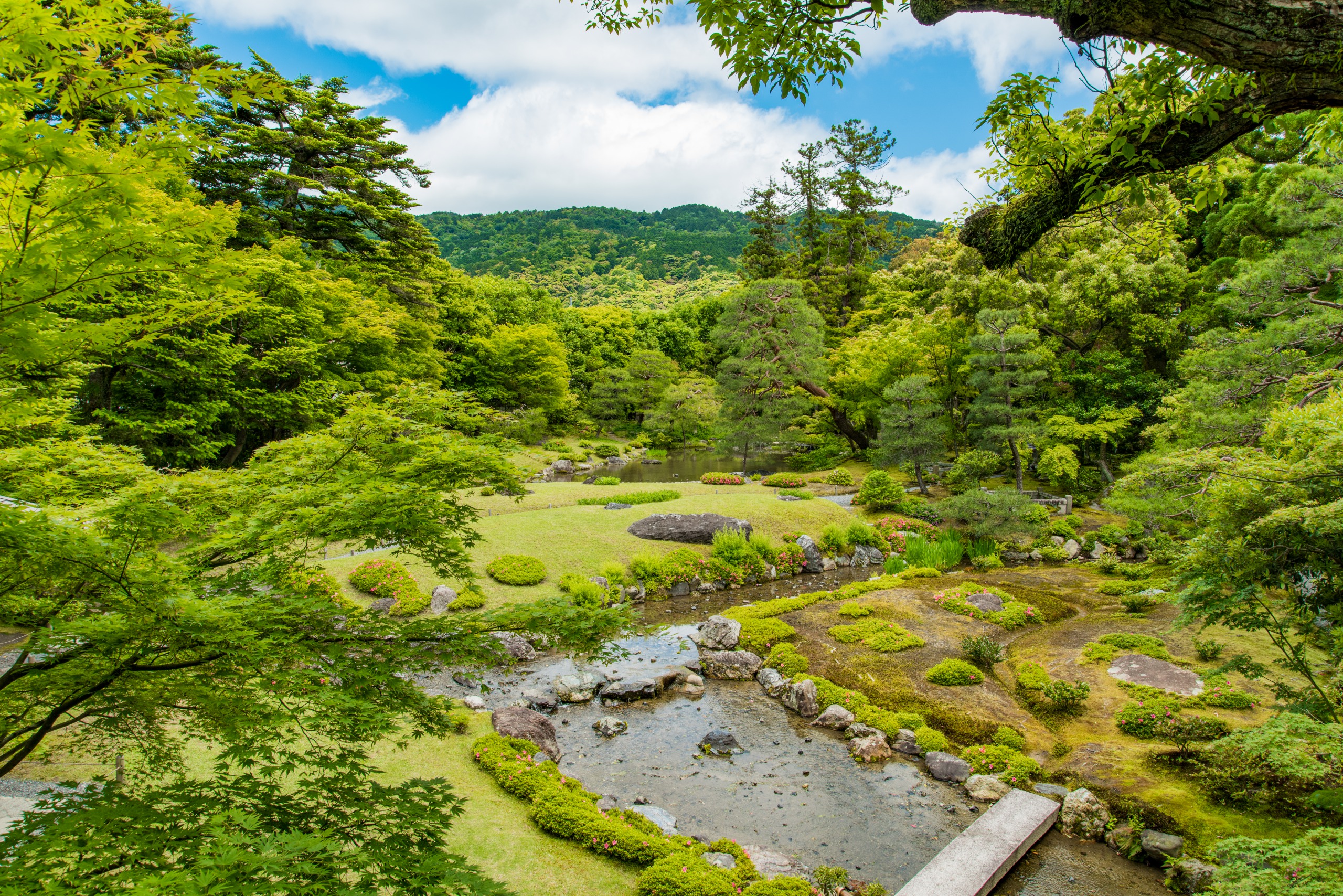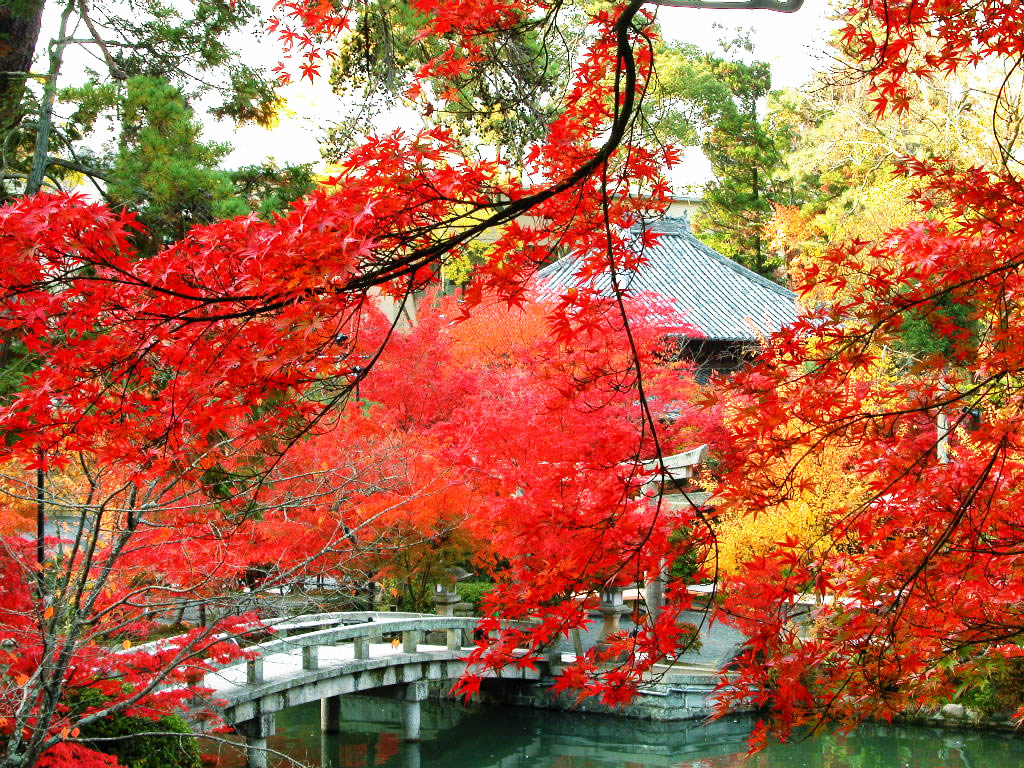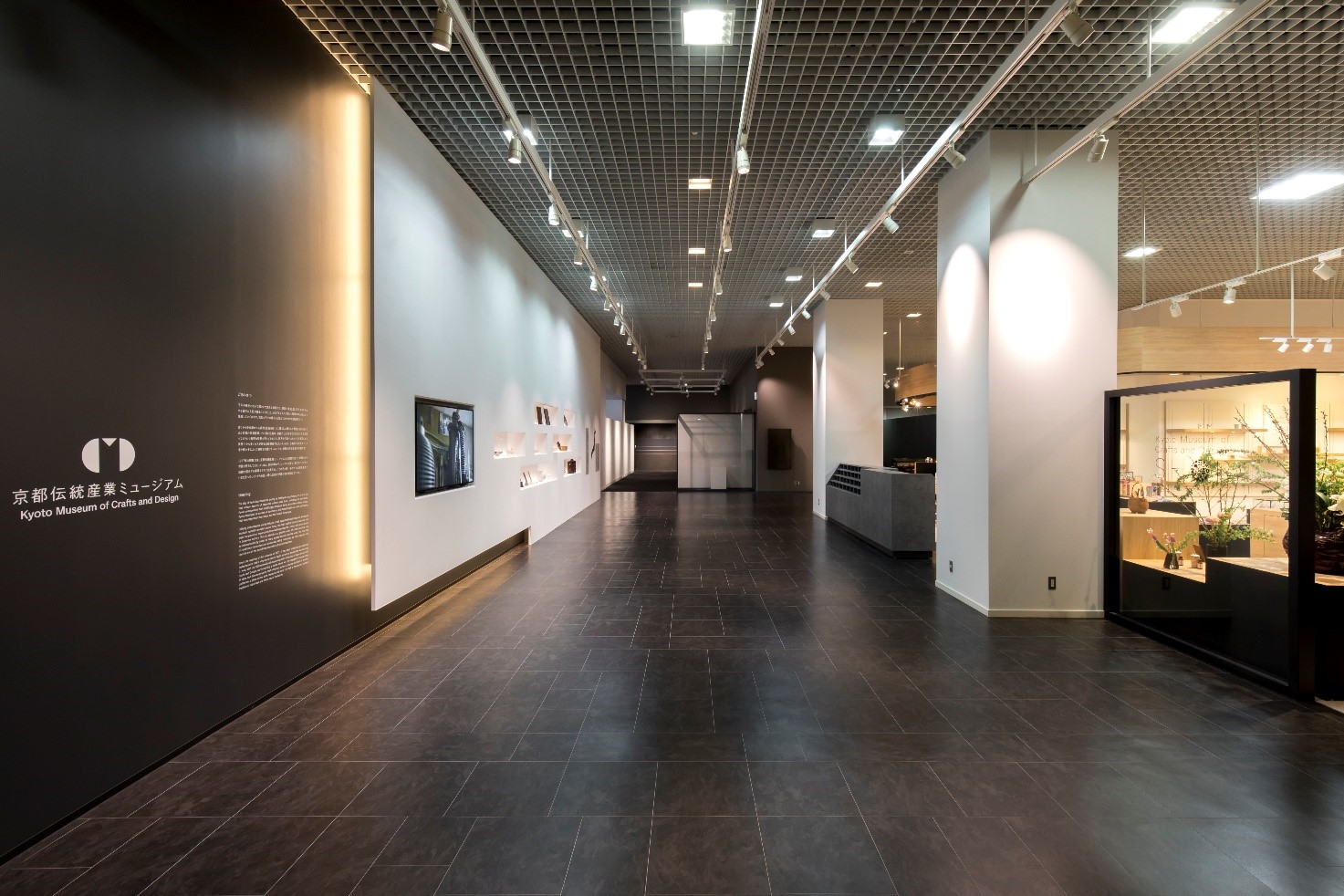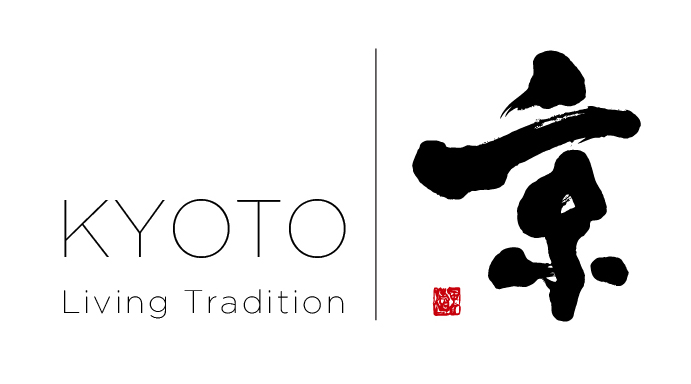
Standing in the foothills of the eastern hills, Nanzen-ji Temple is one of Kyoto’s most important temples. Its massive front gate drives this point home yet the structures and gardens on the grounds contain much that is sublime and beautiful.
It is the head temple of the Rinzai sect of Zen Buddhism, and although it was originally built as an Imperial villa in 1264, it is famous for its gardens. The dry landscape rock garden of the main hall and the moss and rock garden of the sub-temple Nanzen-in are gorgeously accented by the changing leaves of autumn. The temple also contains precious artifacts, most notably the sliding screens of the main hall which bear lavish paintings by artists of the 17th century Kano School.
There are twelve sub-temples on the grounds, shade trees, and part of the Lake Biwa aqueduct which dates from 1890. The grounds stretch right to the base of the neighboring mountain and from there a trail leads a short way to ancient shrines secluded in stands of tall cedar trees. The American poet Gary Snyder underwent Zen training at Nanzen-ji Temple, and one of his poems graces a plaque in a sub-temple garden. A visit to Nanzen-ji Temple is one of the best ways to let your own spirit be touched by the sublime aesthetic of Japanese Zen, and to witness how this aesthetic can accommodate seemingly diverse elements, blending them into a unified whole.
Basic Information
- Address : Fukuji-cho Nanzenji Sakyo-ku, Kyoto
- Website : Click here (Japanese)
- Access : Comfortable access to Okazaki
